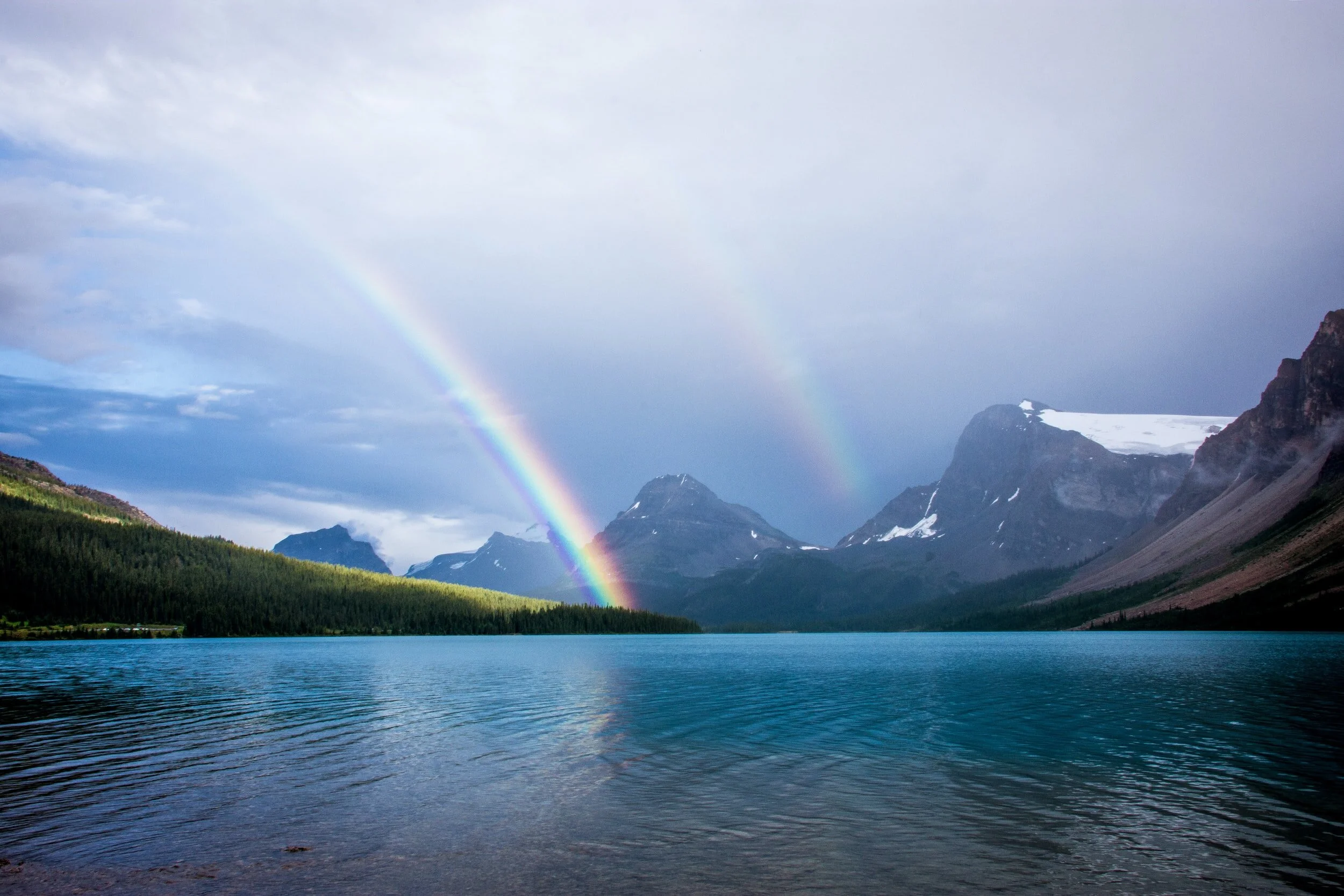Transforming Cheshvan
How to protect yourself from the world: build an ark.
When the world is flooded with the chaos of 24/7 news channels broadcasting the latest tragic event, people are unfriendly in the streets, and nothing seems to go “right,” build an ark. Not one that houses couples of animals, but one that houses the unique attributes of yourself.
In the generation of Noah, people were misbehaving. Total corruption pervaded the world in which people robbed from G-d, each other, and theirselves. Not everyone, for Noah was a righteous man who walked with G-d, and so G-d told him to build an ark. Subsequently, G-d flooded the earth with boiling water that would destroy “all the flesh in which there is the spirit of life.” (Genesis 6:17) Noah and his family went aboard the ark along with two of each species, one male and one female.
The Mabul ‘flood’ took place in the month of Cheshvan, a bitter one -- literally in name, MarCheshvan ‘bitter Cheshvan’ -- that follows the elevated, high holiday-filled month of Tishrei. After weeks of socialization and celebration, seasons shift from warm to cold, light to dark, and we are invited to retreat, using our time inward as a period for transformation. Where better to retreat than into a personal ark which contains all living things of flesh.
Water is the element dimension of Cheshvan. This month we read Noach, the flood begins and ends, and we pray for rain (on the 7th). Water is Torah (Isaiah 55:1). Water covers 71% of the earth. 60% of our bodies are made from water. In Bereshit (first portion in the bible, creation story), we learn that G-d creates the whole world, man being last. Man encompasses/contains all the universe. And so, if the majority of both our physical bodies and this earth are water, we share more commonalities than we do differences, and we are made of/from each other and this very earth.
By creating an inner ark, purifying ourselves (flood is like a mikveh for the world), and absorbing the nutrients of the high holidays (through our small intestine, the body part of the month), a time with the potential to be bitter is, as commanded, instead sweetened (Devarim, 26: 15-16).
When the flood ends, there is a rainbow: “I Have Set My Bow in the Clouds and It Shall Serve as a Sign of the Covenant Between Me and the Earth” (Genesis 9:13). Rabbi Samson Raphael Hirsch explains that “the symbolism of the rainbow is its multiple colors in one cohesive structure. G-d’s pact of peace with humankind and all creation is represented by this eternal symbol” (quoted in Eco Bible, Rabbis Yonatan Neril and Leo Dee).
When one sees a rainbow outside, there are elements of bliss and awe. If you are around other people when you spot a rainbow, you likely announce the miracle in the sky for all to see.
In its literal definition, a rainbow is “an arc ...that exhibits...the colors ...formed opposite the sun by the refraction and reflection of the sun's rays in raindrops, spray, or mist.” As so much of our unity (60% bodies) is in water, a rainbow, G-d’s sign of peace, is in essence, the sun’s rays colorfully displaying our togetherness.
-Lexi Lampner
(Jewish Yoga Course Participant & Contributor )



